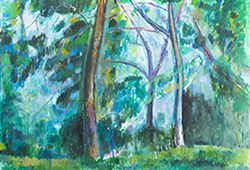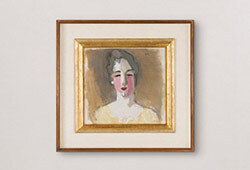Magic majolica
Welcome to a theme-auction for those of you who love "more is more" and are not afraid to challenge your interior design. Why not buy a statement bowl on foot that leaves no one indifferent or a pair of urns that bring to mind directly the Middle Ages?
Majolica originates from 15th century Mallorca. At the time it was a name for lustre-decorated faience. This faience was then taken on to Italy, and the name eventually came to denote all pewter and lead-glazed stoneware. During the latter part of the 19th century, the term Majolica in Sweden came to be associated with polychrome-decorated ornaments in flint or stoneware. Both Rörstrand and Gustavsberg had a large production of Majolica from around 1869. Höganäs Ab in the south of Sweden also manufactured Majolica from 1889 and brought in designers such as Helmer Osslund. As the Swedish Majolica often was made of flint wear, a delicate material, not many pieces have survived to today why it is more and more difficult to find these magical items.
Typical decors for Swedish Majolica are often inspired directly by nature or with the only a daring purpose to be decorative.
















































